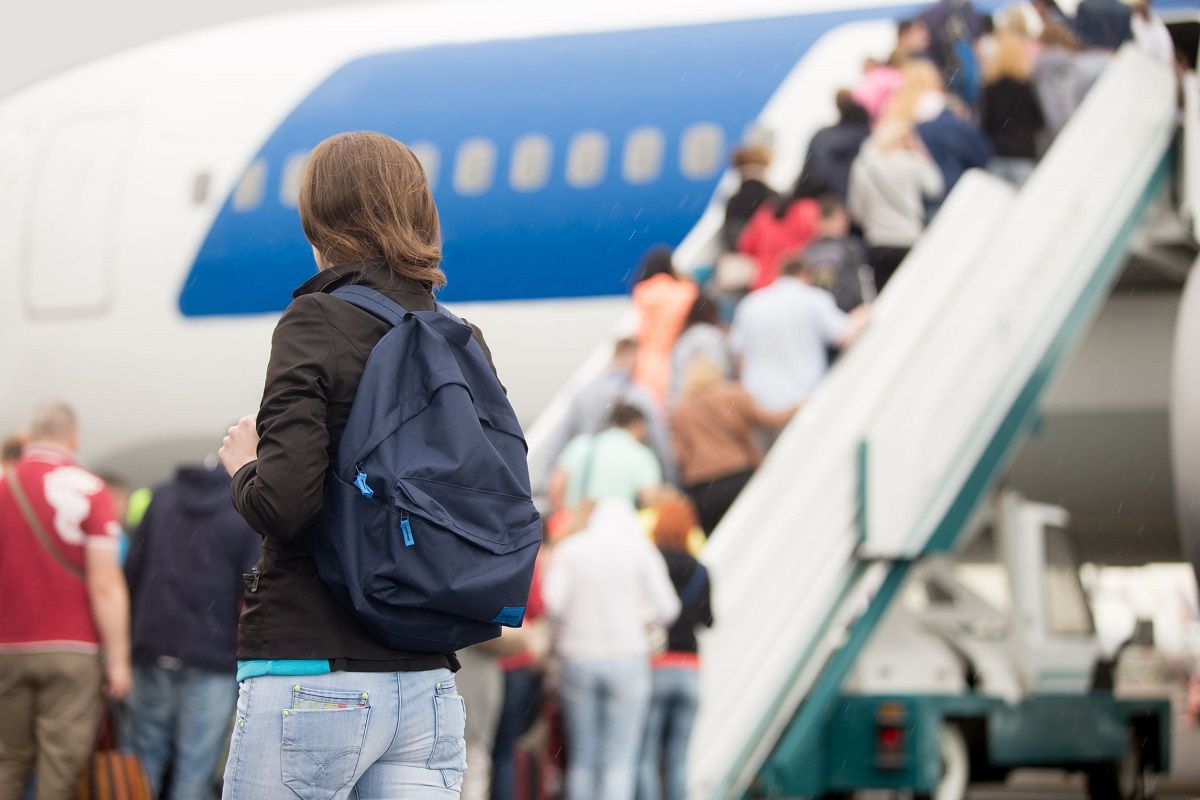
| |
| |
| |
| |
| |
| |
|
ΔΙΕΘΝΗΣ ΕΛΛΗΝΙΚΗ ΗΛΕΚΤΡΟΝΙΚΗ ΕΦΗΜΕΡΙΔΑ ΠΟΙΚΙΛΗΣ ΥΛΗΣ - ΕΔΡΑ: ΑΘΗΝΑ
Ει βούλει καλώς ακούειν, μάθε καλώς λέγειν, μαθών δε καλώς λέγειν, πειρώ καλώς πράττειν, και ούτω καρπώση το καλώς ακούειν. (Επίκτητος)
(Αν θέλεις να σε επαινούν, μάθε πρώτα να λες καλά λόγια, και αφού μάθεις να λες καλά λόγια, να κάνεις καλές πράξεις, και τότε θα ακούς καλά λόγια για εσένα).
► ΤΑΙΝΙΕΣ ΒΛΕΠΕΤΕ ΕΔΩ www.youtube.com/user/TileorasisDagkilas ► www.dailymotion.com/user/ArgyriosDagkilas

| |||||||||||||||||||||||||||||||||||||||||||||||||||||||
| |||||||||||||||||||||||||||||||||||||||||||||||||||||||
| |||||||||||||||||||||||||||||||||||||||||||||||||||||||
| |||||||||||||||||||||||||||||||||||||||||||||||||||||||
| |||||||||||||||||||||||||||||||||||||||||||||||||||||||
| |||||||||||||||||||||||||||||||||||||||||||||||||||||||
| |||||||||||||||||||||||||||||||||||||||||||||||||||||||
| |||||||||||||||||||||||||||||||||||||||||||||||||||||||
|